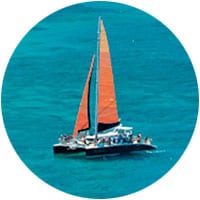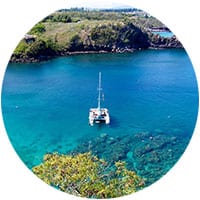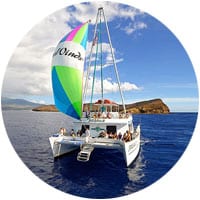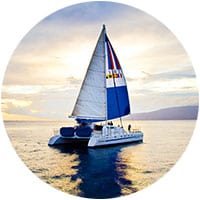Maui Sailing Canoe Festival
Wa’a Racing • Ceremonies • Free Rides
For more than 15 years, the Hawaiian Sailing Canoe Association (HSCA) has hosted this annual racing event and team challenge as part of their mission to ‘learn, revive, educate and practice those ancient Hawaiian skills and values as they relate to sailing canoes and the Hawaiian culture.’ Read more about the event, its history in the Aloha State, and how to get involved on your next trip to Maui.
Sailing Festival Details
Consisting of 7 six-member crews from each major Hawaiian Island – the Big Island, Maui, Oahu and Kauai – Hawaii’s annual Wa’a Kiakahi Sailing Canoe Festival typically begins on the Big Island in April and ends on Kauai in September. Crew members must race between each of the islands, often through challenging channels with intense waves and wind conditions, and dock on each island to regroup, give back to the community through sponsored events and sailing opportunities, and share the cultural and historic importance of the race.
Primarily sponsored by the Ka’anapali Beach Resort Association in west Maui, the annual festival includes a 3-day stopover on The Valley Isle and features traditional ceremonies, educational talks about celestial ocean navigation and water skills, and sailing canoe rides for the local visitors, residents and event attendees.
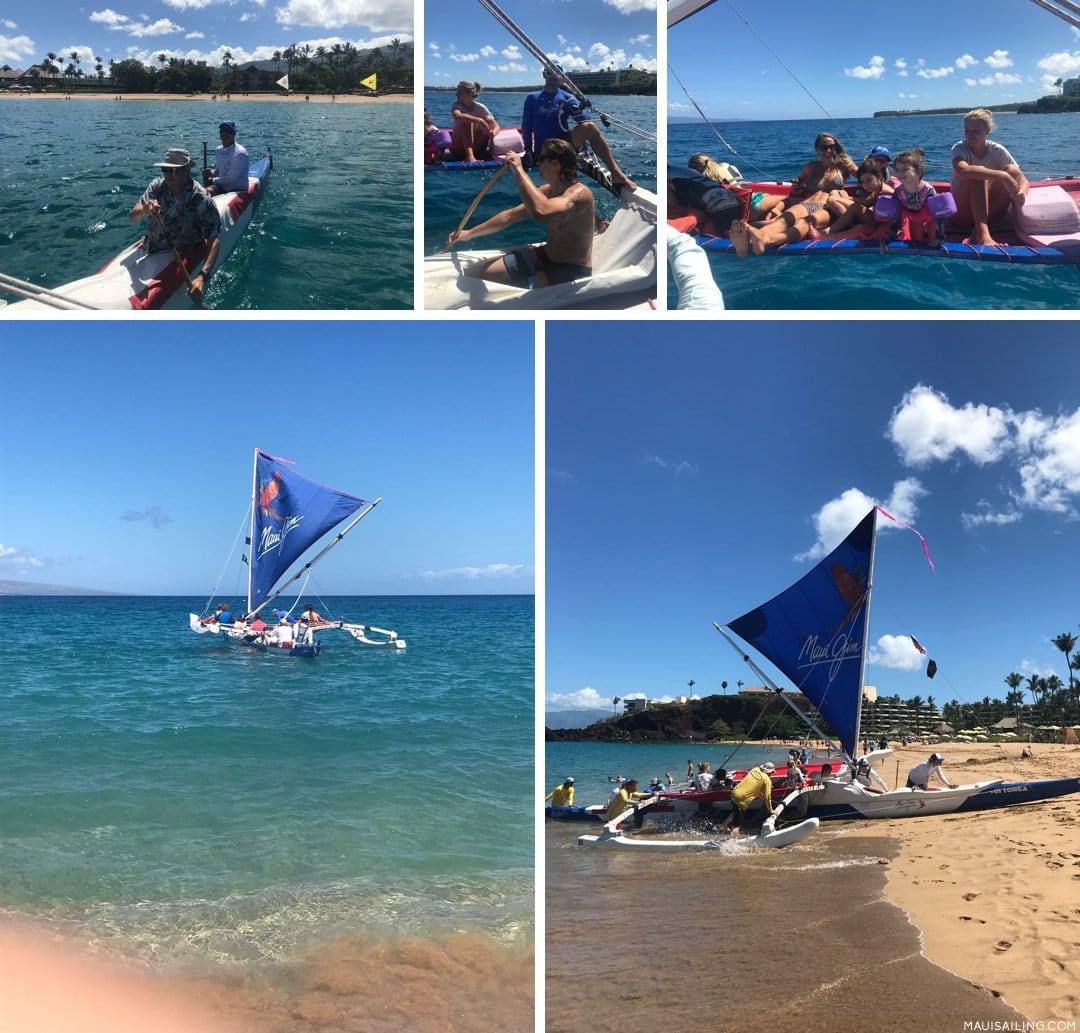
Schedule of Events
Among the scheduled events on Maui, day 1 usually consists of the rigging of canoes in Ka’anapali, a popular west Maui popular resort town and home to the award-winning Ka’anapali Beach, followed by a shoreline race along the western coast. Later that same day, the race is typically concluded at Whalers Village, where the arrival of the sailing canoes is celebrated with a traditional Hawaiian welcome ceremony. In 2018, the sailing crews, along with volunteers, also included an additional sailing event from Kihei’s Kalama Park to the uninhabited neighbor island of Kaho’olawe, once a World War II bombing ground, for a day of planting trees and giving back to nature.
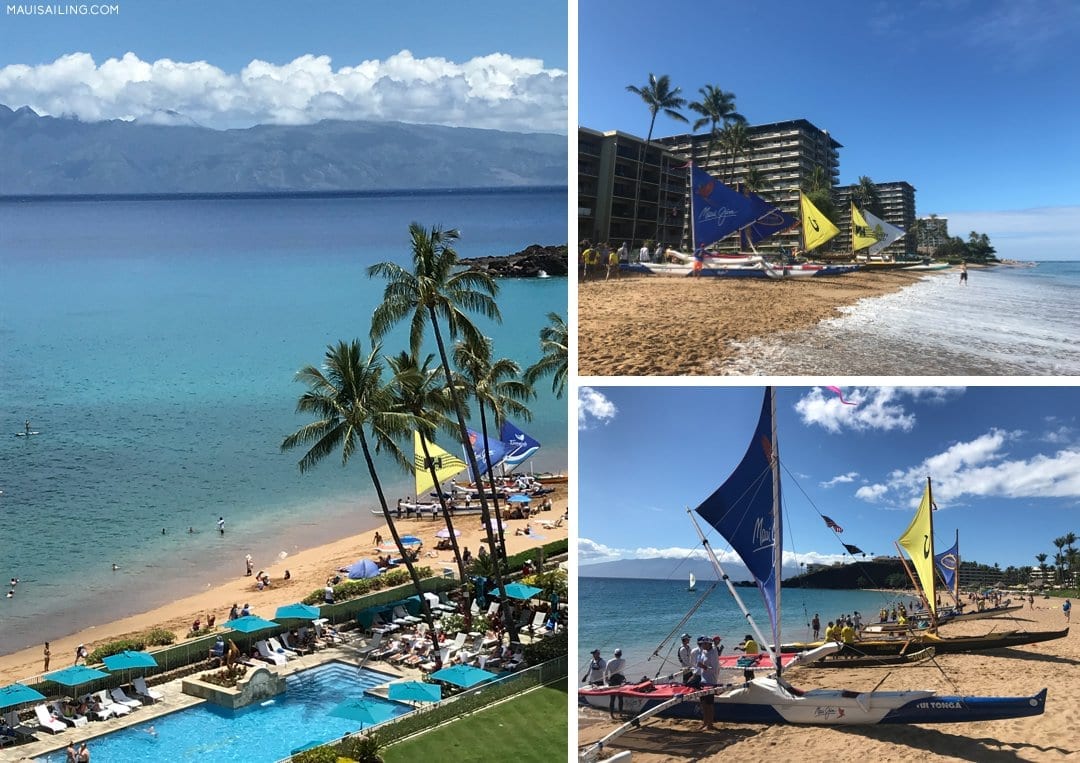
The following day, the festival celebrations continue with free sailing canoe rides for visitors and locals of all ages – weather and ocean conditions permitting, of course, and with life jackets for those who want them – as well as ’talk story’ opportunities with the racing team members and fascinating demonstrations covering topics like sailing history, sailing proficiency, and both the ancient and modern traditions of Hawaiian sailing.
Day 3 kicks off with a morning sailing canoe send-off and traditional Hawaiian farewell ceremony, at which time the canoes embark on their second inter-island voyage across the Pailolo Channel from Ka’anapali to the town of Kaunakakai, Moloka’i.
After Moloka’i, the crews will then continue their journey by sailing to Waimanalo, Oahu, then onto the beautiful and charming towns of Haleiwa and Poipu, Kauai. Aimed at visiting some of Hawaii’s most remote areas, the Wa’a Kaikahi Festival – which translates to ‘canoe with a single mast’ – is one of the Aloha State’s finest opportunities to see and learn more about the lesser side of Hawaiian paradise.
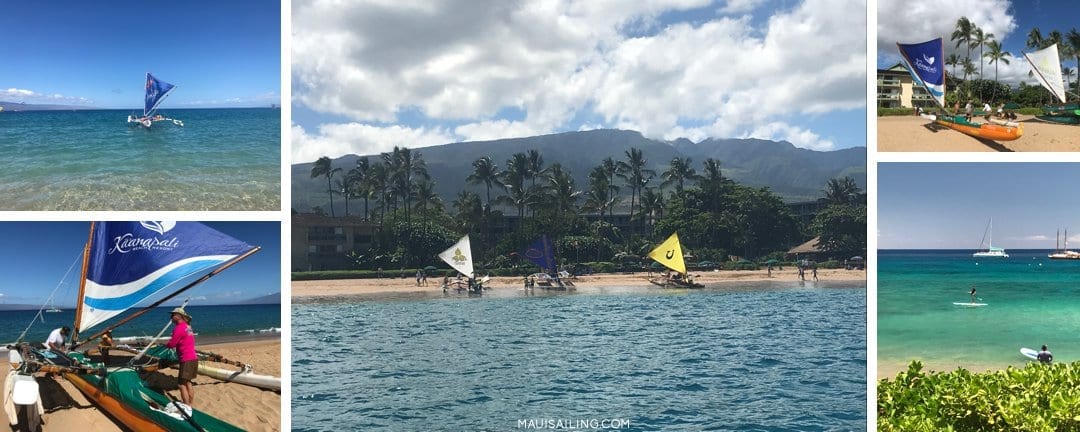
How to Attend
Today, outrigger canoeing and canoe racing have been fully revived, and the Hawaiian Sailing Canoe Association (HSCA) has been active for more than 30 years. This annual Sailing Canoe Festival provides an excellent opportunity for visitors to learn more about the history, culture and physical requirements of outrigger canoe racing, and for locals to connect with some of Hawaii’s most skilled sailors.
For those who want to get further involved and perhaps even eventually participate, it is recommended that you have experience as a paddler, and know how to sail and operate a canoe. With events that promote community outreach and cultural community interactions such as clinics, the Festival presents the perfect opportunity for people to experience what it’s like to ride on an outrigger canoe for themselves and meet the masters of outrigger canoe sailing along the way.
With stretches of the competition – such as the Ka’ie’ie Waho Channell – stretching as far as 70+ miles and taking up to 12 hours or more, it’s an impressive feat to watch these modern ocean masters navigate the rugged stretch of the Pacific through the gorgeous stretch of the Hawaiian Islands.
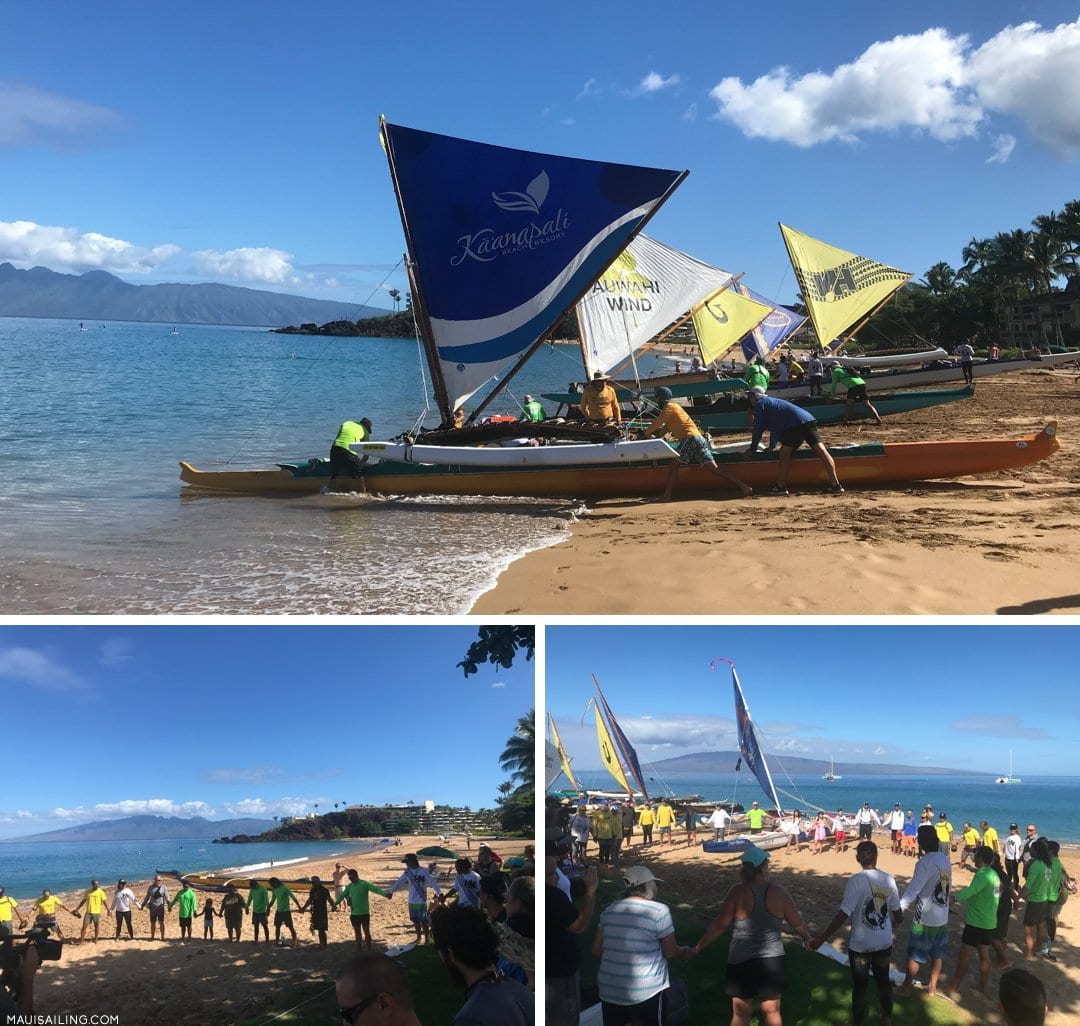
Mahalo for reading our guide to Hawaii’s annual Wa’a Kiakahi Sailing Canoe Festival, and we hope you learned more about how to get involved, or simply how to watch, celebrate and learn with the help of local outrigger canoe racers, on your next trip to The Valley Isle (or any of the other major Hawaiian Islands).
Maui Sailing Charters
When sailing in Maui, there are many options. Below are some of our favorite Maui Sailing Tour boats.
Kai Kanani
Maalaea Harbor Slip #56
65ft Catamaran
Pacific Whale Foundation
Pacific Whale Foundation Ocean Store, 612 Front Street, Lahaina
Maui Classic Charters
Maalaea Harbor Slip #80 & 55
55ft Catamaran
Trilogy
Maalaea Harbor Slip #99 & #62.
50 ft Catamaran
Sailing Canoe History
With a long and intertwined history in ocean navigation, outrigger canoes arrived in Hawaii as early as 200 AD, most often filled with items to ensure its crews’ survival along the journey, and after their arrival on the islands. Following the stars and bird migration patterns, ancient Hawaiians mastered the art of ocean navigation and constructed outrigger canoes from local Koa trees found on the Big Island.
Skilled canoe carvers, kahunas (Hawaiian priests), and hundreds of builders and workers were required for the construction of each outrigger, and canoe racing – called hei hei wa’a – as well as betting, eventually became a favored sport and pastime of Hawaiian chiefs. Later banned under Queen Ka’ahumanu under the influence and insistence of missionaries, outrigger canoe racing was eventually reintroduced to the Hawaiian Islands in 1875 by King David Kalakaua.
Today
With a slow revival of both surfing and canoeing in the early 1900s, likely brought about by the opening of Oahu’s original Outrigger Canoe Club, the sport really took off again in 1975 when Herb Kawainui Kane, a historian and member of the Polynesian Voyaging Society, designed the first replica of a traditional double-hulled voyaging canoe, also known as Hokule’a. The next year, that same canoe sailed from Maui to Tahiti in 34 days with no modern navigational instruments at all, and more recently, successfully completed a 3-year trip around the world in 2017.

